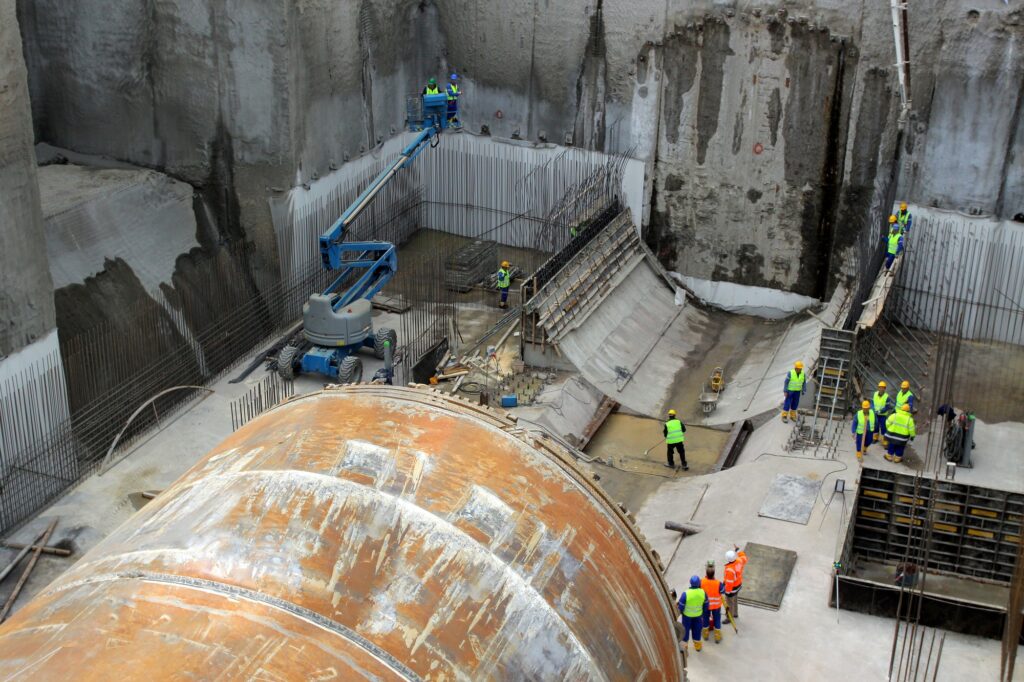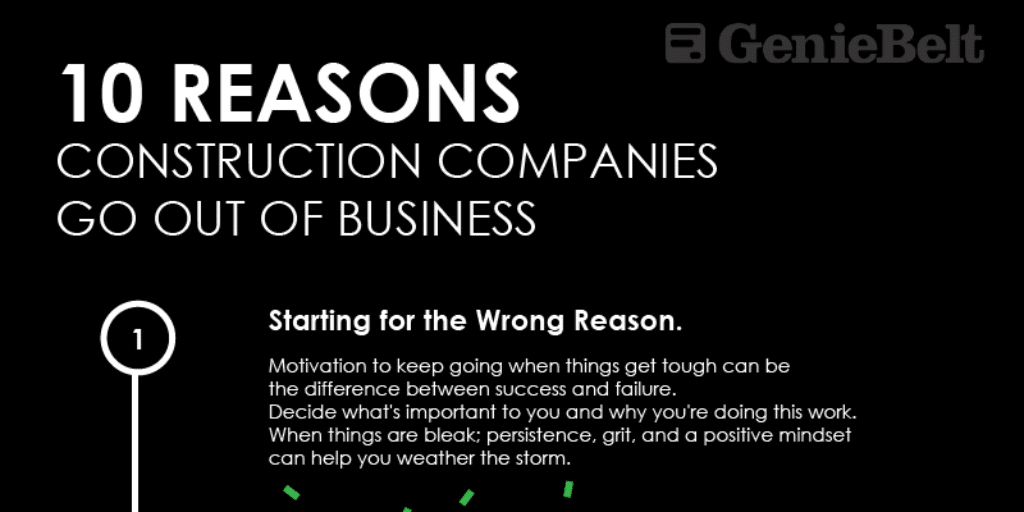How many times have you sent an important email to someone without receiving a reply? And what effect did that lack of response to your email have on the progress of your project?
Unfortunately, it happens way more than you think and, more importantly, way more than it should. It is no exaggeration to claim that email communication is one of the main factors that hurt project delivery in construction.
According to research conducted by Mail Manager, almost 90% of the construction companies, who participated, admitted that quick and easy access to project information is one of their main concerns. To make matters worse, 99% of the respondents highlighted the fact that they had to go back to past projects and recover important information shared via email.
This problematic reality is also verified by the recent LetsBuild Project Management survey where many of the respondents flagged the lack of email reply as the most frustrating thing about communicating and keeping track of their short-term plans.
Taking into account that 98.2% of the survey participants rely on email to share updates and connect with their team about their 3-6 week look aheads, it quickly becomes clear that email communication is a big source of pain for construction. More specifically, the use of emails can hinder project visibility and force the supply chain to work in an isolated way putting the entire project in serious jeopardy.
5 reasons why emails will fail your construction project
We briefly described above why email communication isn’t a good fit for the construction industry anymore. But now it’s time to dig a little deeper into the different ways emails can fail your project and prevent you and your team from delivering on time and on budget.
1. Lack of response to crucial emails
Following up on critical requests from the site is key to the success of a construction project. As shown by our Project Management survey, email communication can’t support this need in the long run. And the reason is simple. When the amount of updates and information is as high as it is in a construction project, it becomes very likely for some of the stakeholders to miss a significant email either because they don’t want to deal with a situation or simply because they forgot it.
Crucial updates are continuously lost in endless email threads leading to increased downtime, costly misunderstandings, and missed deadlines.
2. Excessive admin workload
People in construction spend on average 40% of their time searching for updates, manually putting together reports, and attending never-ending meetings. Without a doubt, emails are also to blame for this administrative nightmare.
The updates shared through email communication have normally no direct connection to the master plan. In other words, those who receive the emails, they are unable to check how the update that has just landed on their inbox can affect the development of the project.
Like that, the decision-making process is delayed and in many cases project managers end up making the wrong calls. Needless to say that this approach paves the way for legal conflicts and fuels up the culture of blame in the construction industry.
3. Emails aren’t a good fit for construction
This is something that we have analysed again in the past while referring to the role of tools, such as WhatsApp and Excel in construction. The same applies to emails. All of them can be extremely helpful when someone is relying on them in their personal life but they are not a good fit for the construction industry.
Read also: Excel spreadsheets in construction: It’s time to let them go
Email isn’t a tool that you can use to get your project teams to exchange crucial updates in real time and collaborate seamlessly. The data becomes static and outdated the moment it arrives at your inbox.
It goes without saying that this could have a devastating effect on the development of the project as all involved stakeholders have to make critical decisions while lacking a clear understanding of what’s happening on site.
4. Email communication is siloed communication
Emails aren’t designed for collaboration. On the contrary, they can disrupt your working flow and throw you to a siloed discussion with only some of your co-workers. What this means is that crucial information ends up staying trapped in the inbox of only a few people leaving many stakeholders without access to all the information they need to perform their tasks as effectively as they could.
Furthermore, any documents or files that are shared on an email thread aren’t searchable and can’t be found by multiple stakeholders. This leads to a situation where an entire project team or even organisation have to rely on certain members of the team that hold information of paramount importance in their personal inbox.
Just imagine what impact this can have on a project if these people suddenly stop being a part of this company. Priceless information would automatically become unattainable and could cost your project both time and money.
5. Lack of accountability
Sharing tasks through email can work if there are maximum two-three people involved in the discussion. However, when there is a conversation that includes a chain of contacts and a vast number of tasks then communication can quickly get messy, trigger confusion, and eventually throw your project off the rails.
Find also: 5 steps to overcome remote work challenges in construction
In such cases, accountability remains unclear as every stakeholder could put the blame on someone else for misunderstanding the information shared through email. And things can get even more complicated considering that emails can end up to spam or can be overlooked among a plethora of irrelevant messages that each one of us receives on a daily basis.
Who is to blame then? Is it the person that sent the information through or the person that never saw the email. It’s a very thin balance that can often lead your project to additional costs and never-ending disputes.
There are better alternatives than using email
Many people in construction are addicted to emails. They can’t even imagine how they could communicate with their teams in a different way. But by now it is evident that this shouldn’t be the case. Regardless of their size or type, most construction projects will succeed only if their teams remain connected, follow the same processes, and flag critical problems as soon as they appear.
For that to happen, you will need a tool that will allow you to share the latest updates and work on your short-term planning without losing your connection to the master schedule. All information will be shared in a central data repository ensuring that all stakeholders across the supply chain will have the visibility they need to complete their tasks without any hiccups.
Such an approach will ensure that project managers won’t be overwhelmed anymore by having to take action on every single update that is being shared with them. In other words, they will no longer end up being the bottleneck for their teams. Everyone will have the data they need to make smarter decisions faster. And everything will be recorded thanks to a continuously updated audit trail.
This will gradually help you prevent costly mistakes, reduce interruptions, and come one step closer to on-time delivery without compromising on quality.
In order to support your effort, we have created a detailed guide that explains how you can successfully deliver complex projects without tearing your hair out using the wrong tools. It’s completely free and you can access it today just by clicking below!




